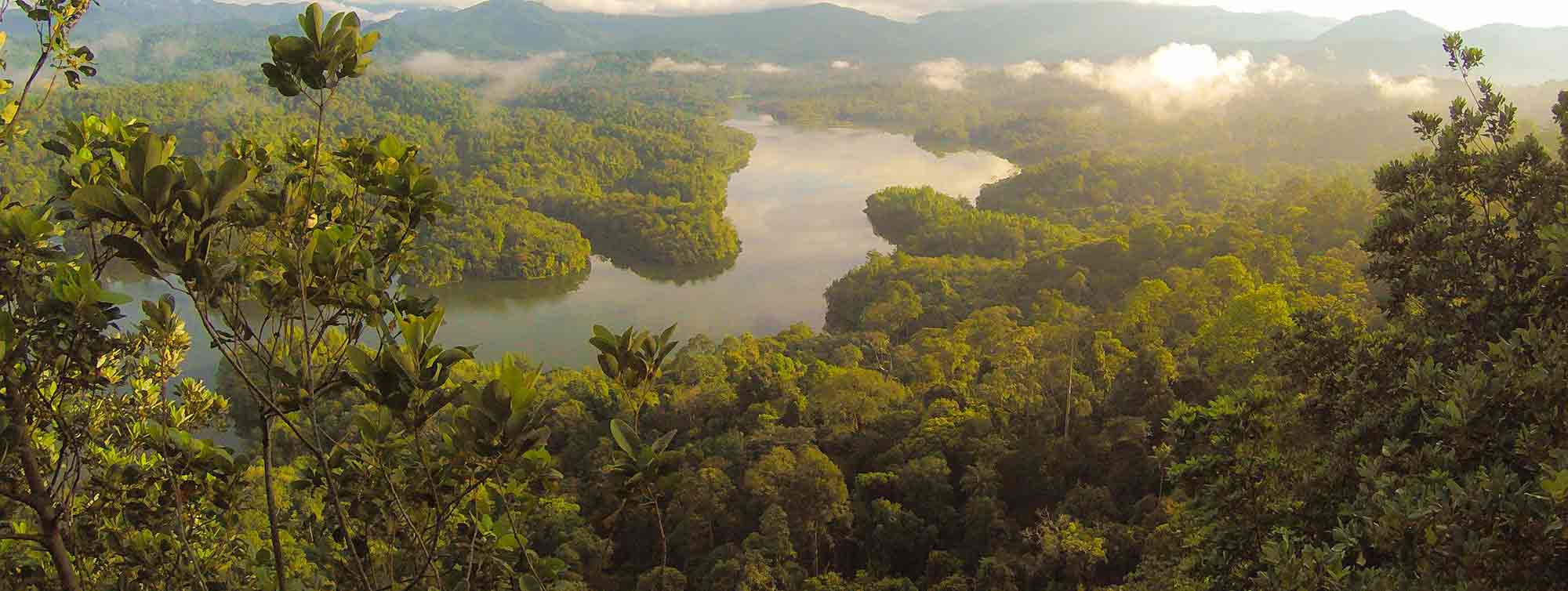429 Resources
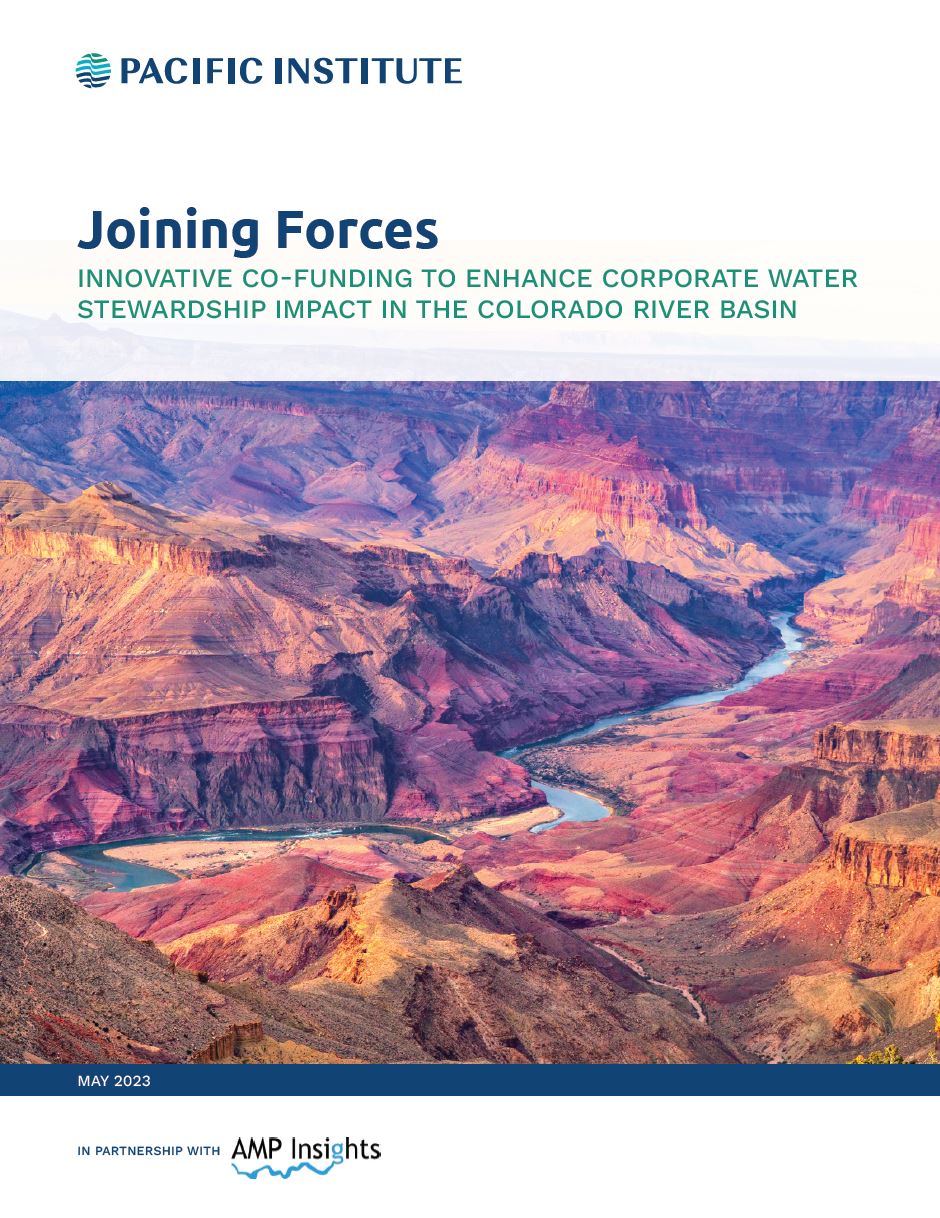
Joining Forces: Innovative Co-Funding to Enhance Corporate Water Stewardship Impact in the Colorado River Basin
May 16, 2023 | publication
The Colorado River Basin faces critical water supply limitations, threatening the economic, social, and ecological stability of the region. This report explores how leveraging corporate water stewardship spending with existing and emerging funding streams, referred to as co-funding, can increase positive water impact in the Colorado River Basin and beyond.
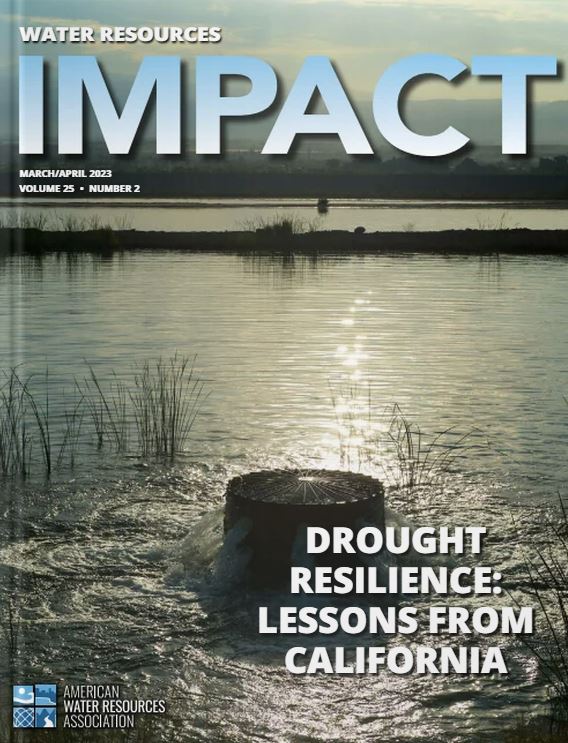
Reimagining Water Infrastructure in a Changing California
April 4, 2023 | publication
In the article, Pacific Institute Director of Research Heather Cooley, emphasizes that water is a crucial resource for California, supporting its population, ecosystems, agriculture, and economy.
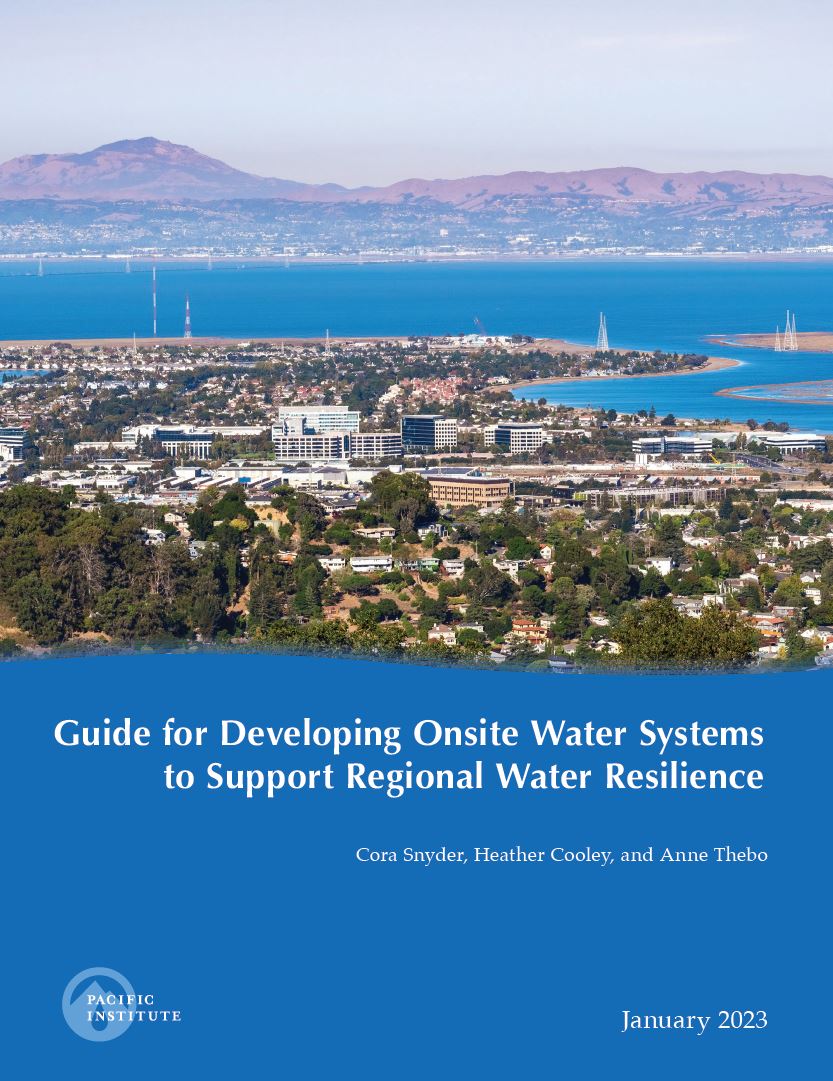
Guide for Developing Onsite Water Systems to Support Regional Water Resilience
January 26, 2023 | publication
Onsite water systems have the potential to provide multiple benefits for a site, water and wastewater systems, ecosystems, and communities.
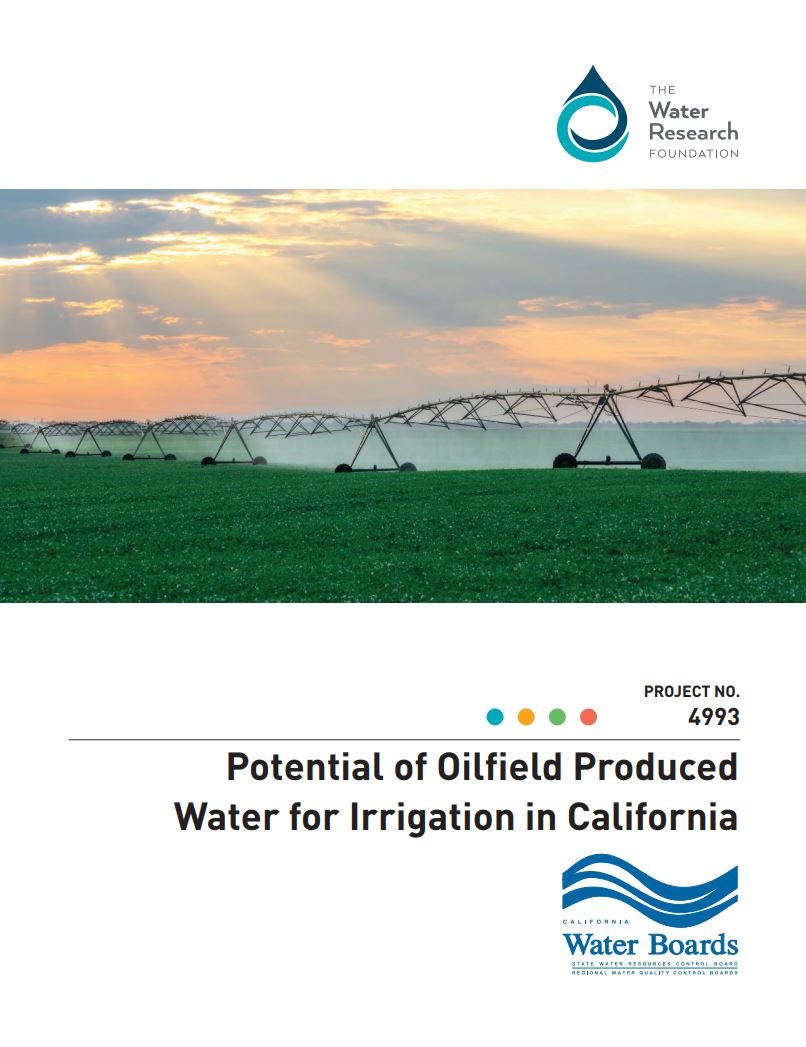
Potential of Oilfield Produced Water for Irrigation in California
January 9, 2023 | publication
Facing the increasing severity of droughts due to climate change and ongoing depletion of groundwater, this project investigates the potential of Oilfield Produced Water (OPW) for agricultural irrigation.
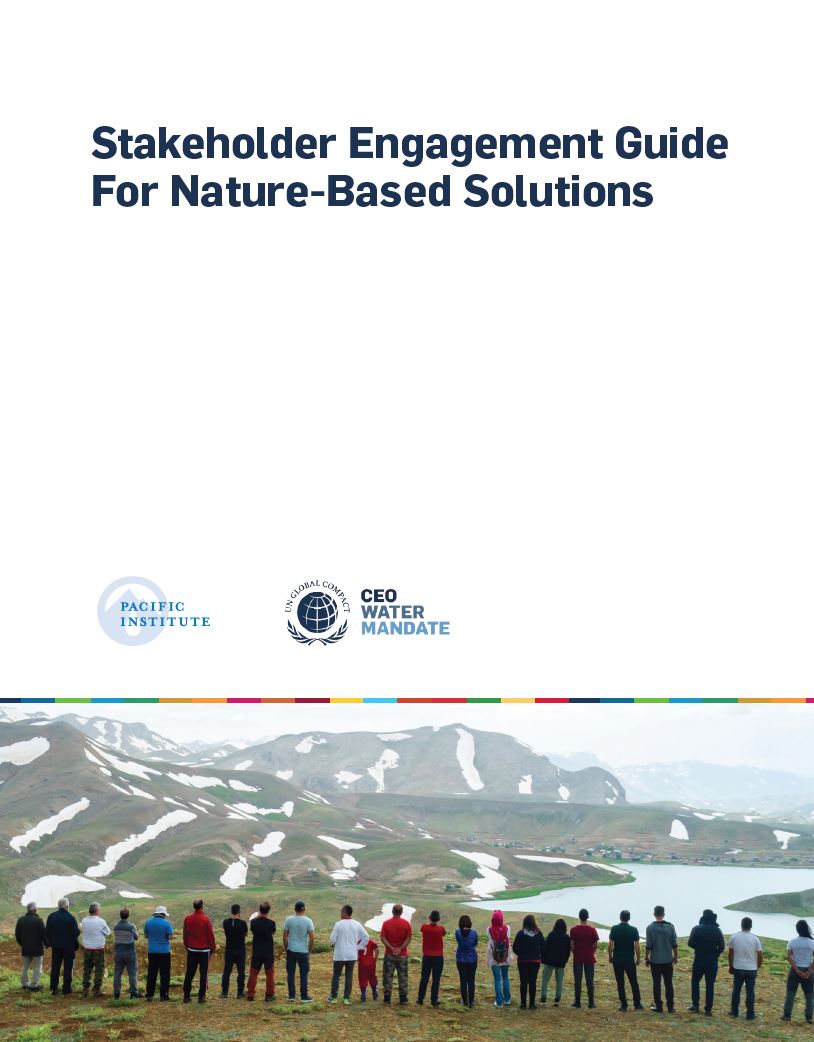
Stakeholder Engagement Guide For Nature-Based Solutions
November 17, 2022 | publication
Effective stakeholder engagement is paramount to the long-term success of any nature-based solutions (NBS) project. Drawing from a range of expert sources, this guide offers accessible and clear guidelines for broad stakeholder engagement, highlighting the diverse global contexts of NBS and identifying key principles and practical steps for incorporating stakeholders into projects.
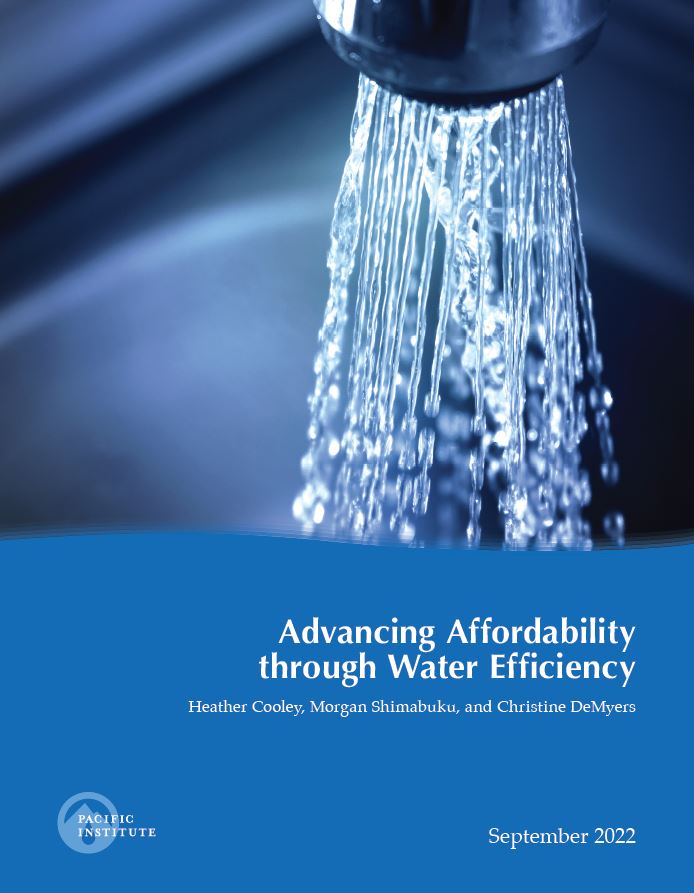
Advancing Affordability through Water Efficiency
September 8, 2022 | publication
This paper examines the relationship between water conservation and efficiency and affordability. Specifically, it examines the near-term effect of water conservation and efficiency on utility bills, i.e., water, wastewater, and energy bills, for conserving households and the longer term effect on water and wastewater costs for the larger community.
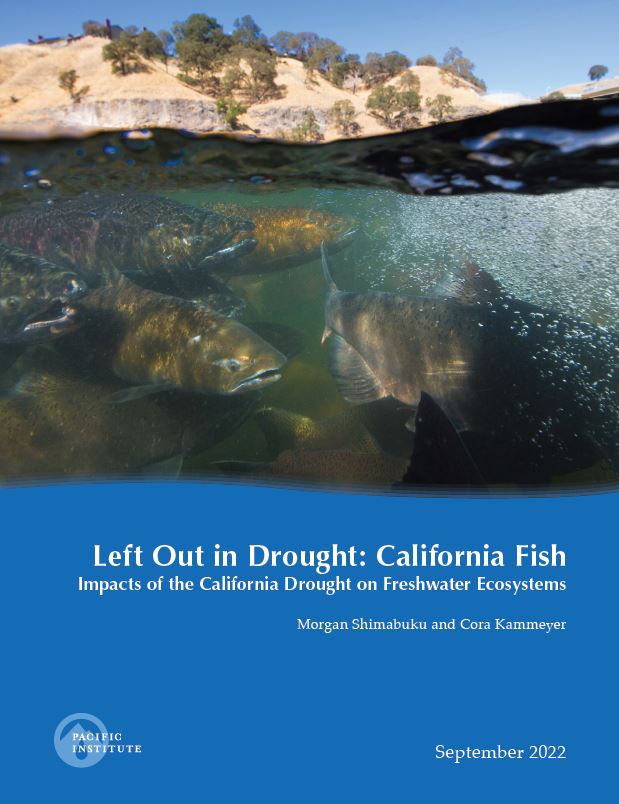
Left Out in Drought: California Fish
September 7, 2022 | publication
More than 97% of California is now experiencing severe drought. While California is known for extreme hydrologic variability, climate change has increased the severity and frequency of droughts significantly intensifying the crisis many fish species face.
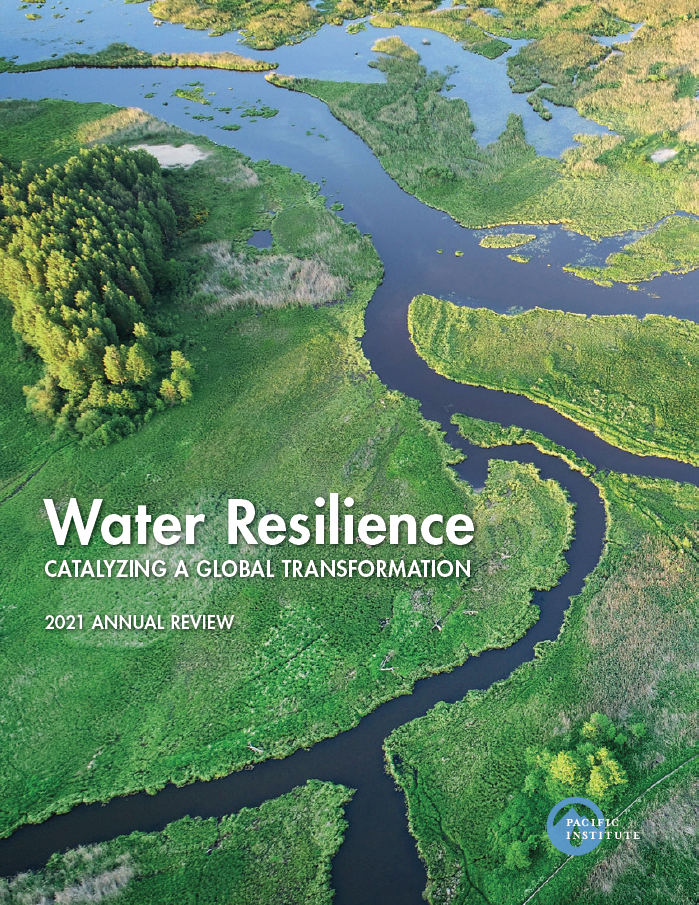
Pacific Institute 2021 Annual Review
June 16, 2022 | publication
During 2021, the debilitating impacts of the global water crisis, exacerbated by climate change, made bold headlines—with risks to people, nature, and economies. For the Pacific Institute, 2021 was one of the boldest years yet to provide solutions to the world's most pressing water challenges.
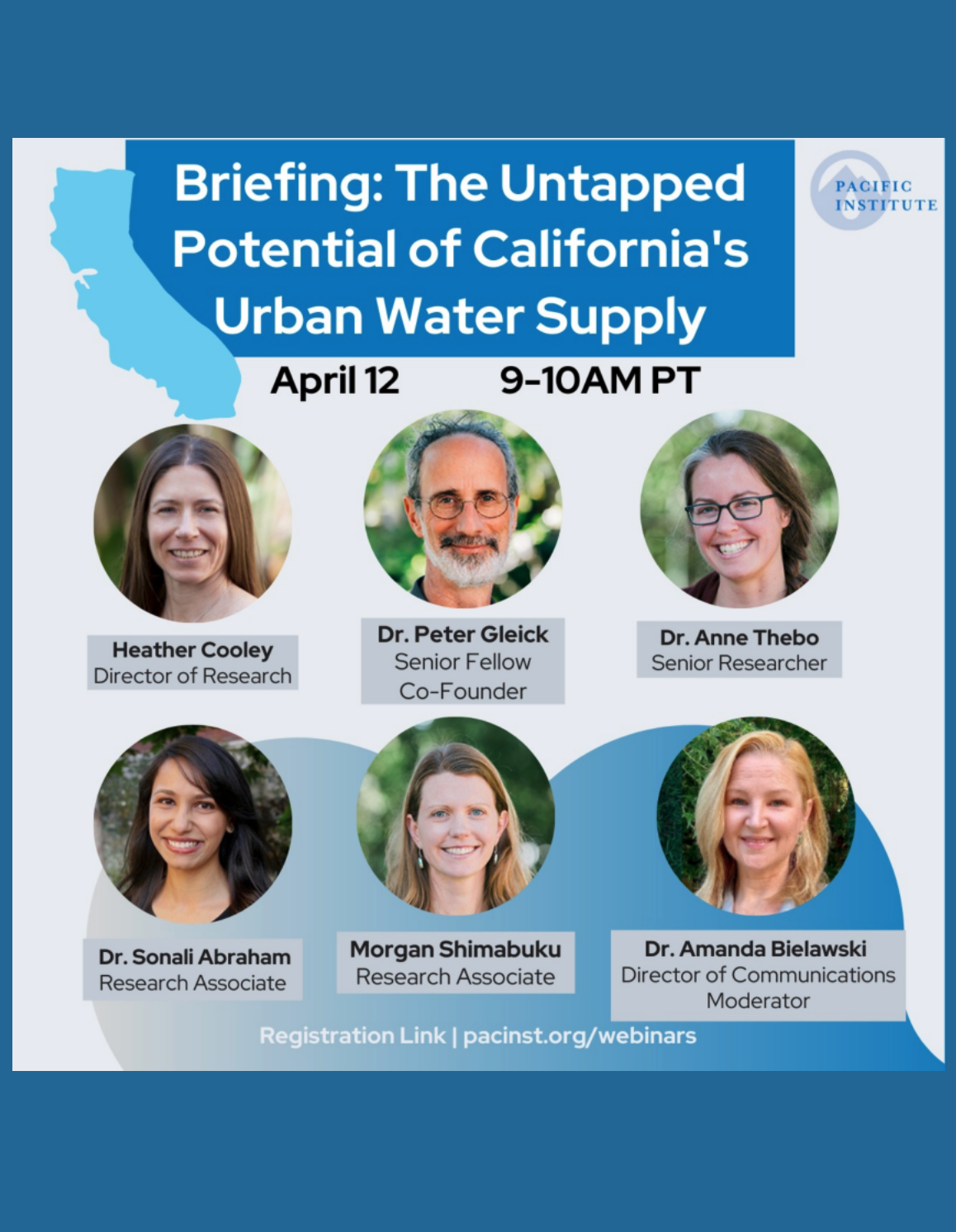
Presentation: The Untapped Potential of California’s Urban Water Supply
April 18, 2022 | publication
In this presentation, Pacific Institute experts provided a deep dive into the untapped potential of California's alternative water supplies: urban water efficiency, water reuse, and stormwater capture...
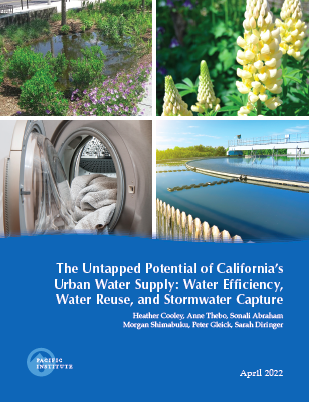
The Untapped Potential of California’s Urban Water Supply: Water Efficiency, Water Reuse, and Stormwater Capture
April 12, 2022 | publication
Persistent challenges and severe drought have shone a spotlight on the vulnerability of California’s water systems. They also offer an opportunity to rethink the state’s water supplies and strategies for the 21st century and beyond.
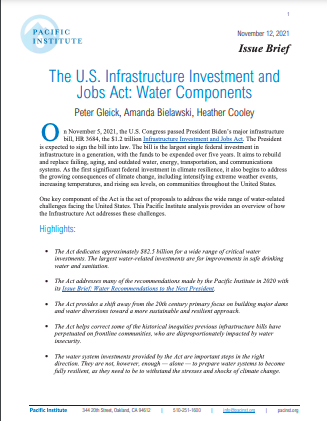
The U.S. Infrastructure Investment and Jobs Act: Water Components
November 13, 2021 | publication
On November 5, 2021, the U.S. Congress passed President Biden’s major infrastructure bill, HR 3684, the $1.2 trillion Infrastructure Investment and Jobs Act. The President is expected to sign the bill into law.
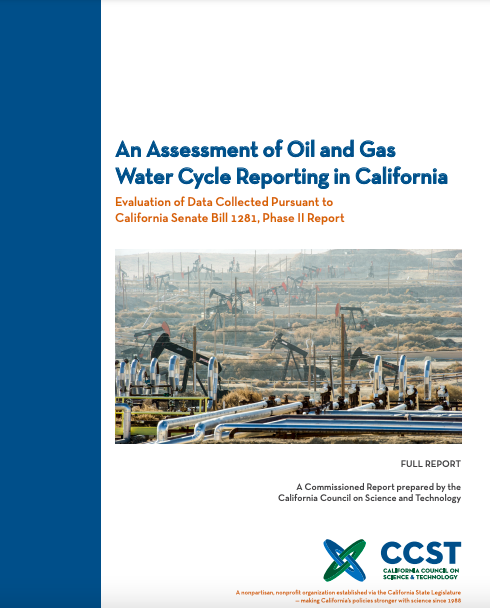
An Assessment of Oil and Gas Water Cycle Reporting in California
November 12, 2021 | publication
In the context of severe drought in California, Senate Bill 1281 (2014, Pavley) expanded reporting requirements for the state's oil and gas industry regarding produced water — the water extracted from oil and gas production. The intention of the bill is to ensure the ability to assess impacts on California’s water resources, public health, and the environment.

Op-Ed: Does the Bay Area Have the Water It Needs to Grow?
October 29, 2021 | publication
It seems as though the two things the Bay Area has the least of are housing and water. The region has a shortfall of 699,000 housing units, which has driven housing costs to astronomical heights, and pushed 35,000 of our neighbors into temporary housing or onto the streets. Our colleagues at San Francisco Bay Area Planning and Urban Research Association (SPUR),a public policy think tank, have found that the region needs to build an astonishing 2.2 million homes by 2070 to meet future demand and make up for the present shortfall.

Water Resilience
October 29, 2021 | publication
The world is facing a global water crisis marked by growing competition for freshwater resources, rapidly deteriorating water quality, poor and declining ecosystem health, unprecedented biodiversity loss, and a failure to meet basic water and sanitation needs.
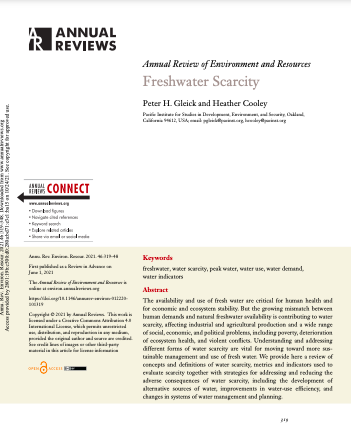
Freshwater Scarcity
October 24, 2021 | publication
The availability and use of fresh water are critical for human health and for economic and ecosystem stability. But the growing mismatch between human demands and natural freshwater availability is contributing to water scarcity, affecting industrial and agricultural production and a wide range of social, economic, and political problems, including poverty, deterioration of ecosystem health, and violent conflicts.
Page 3 of 29
From the Blog
- Dec 02, 2025
- A Year-End Conversation with Jason Morrison
- Nov 13, 2025
- Pacific Institute Convenes Leaders to Accelerate Corporate Action on Water Resilience in California
- Nov 03, 2025
- Air Pollution and Health in the Coachella Valley
- Oct 24, 2025
- Building Momentum for Corporate Water Stewardship: CEO Water Mandate and Water Resilience Coalition Participation at New York Climate Week and UN General Assembly 80
- Sep 29, 2025
- California Water Action Collaborative Celebrates 10 Years of Impact


